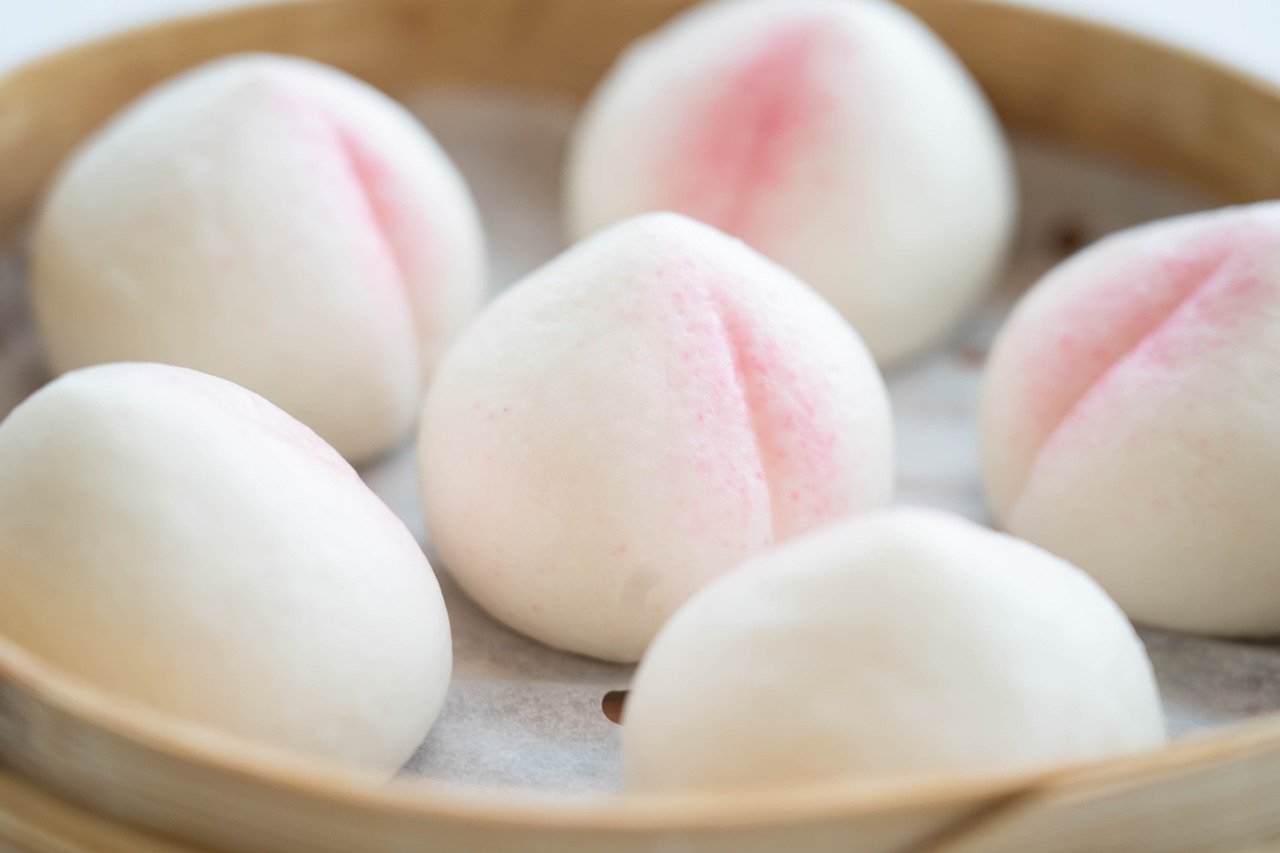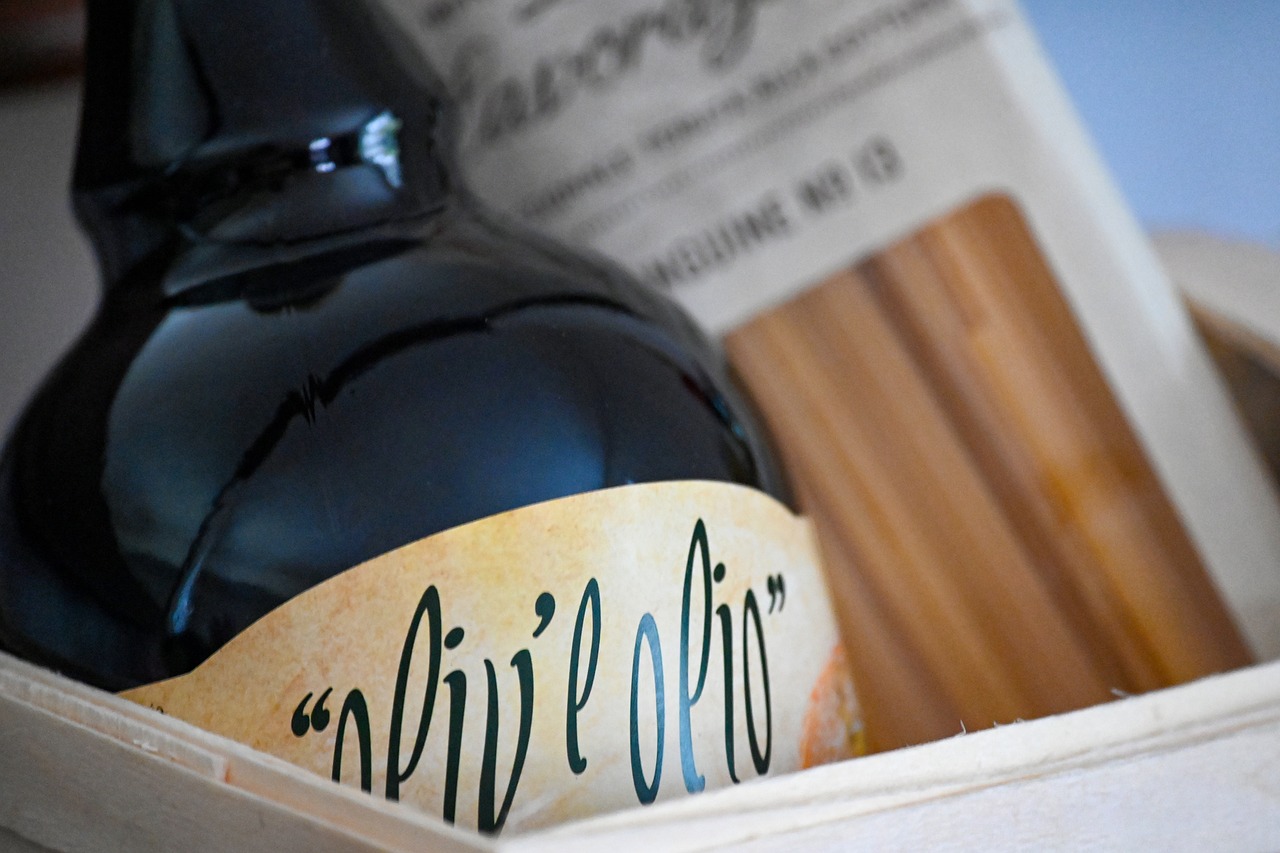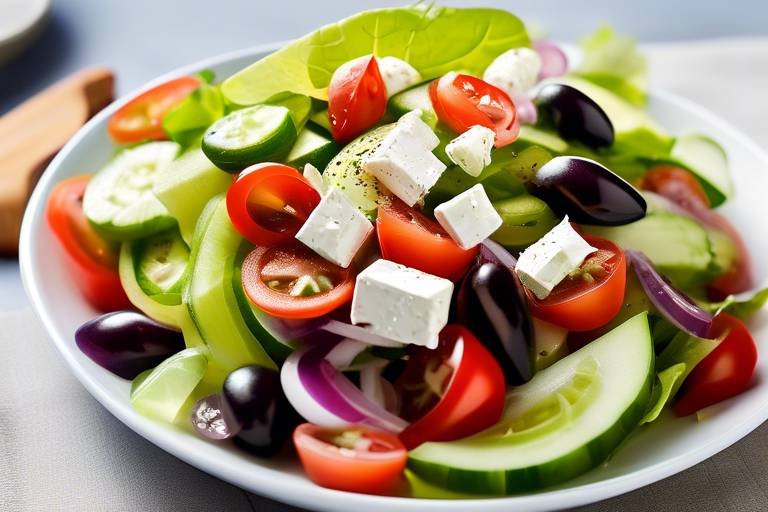How to Make Authentic Italian Pesto from Scratch
Are you ready to elevate your culinary skills and impress your taste buds with the authentic flavors of Italy? Let's dive into the art of creating genuine Italian pesto from scratch. This traditional sauce, bursting with the vibrant colors and bold tastes of fresh basil, pine nuts, Parmesan cheese, garlic, and olive oil, is a versatile addition to a wide array of dishes. Whether you're a pasta enthusiast, a sandwich connoisseur, or a dip devotee, this homemade pesto recipe will surely tantalize your senses.

History of Pesto
The takes us back to the beautiful city of Genoa, Italy, where this iconic sauce originated. Pesto, derived from the Italian word "pestare," meaning to pound or crush, was traditionally made by hand-grinding ingredients in a marble mortar with a wooden pestle. This labor-intensive process ensured that the flavors of fresh basil, pine nuts, garlic, Parmesan cheese, and olive oil were perfectly melded together.
Over time, pesto has evolved from its humble beginnings in Genoa to become a beloved culinary staple worldwide. Its vibrant green color and bold, herbaceous taste have captured the hearts of food enthusiasts everywhere, making it a go-to sauce for pasta, sandwiches, and various dishes.
As the popularity of pesto spread beyond Italy, different variations of the traditional recipe emerged, incorporating local ingredients and personal twists. Despite these adaptations, the essence of pesto remains deeply rooted in its Genoese heritage, honoring centuries of culinary tradition.

Ingredients for Authentic Pesto
When it comes to creating authentic Italian pesto, the key lies in selecting the finest ingredients that capture the essence of this beloved sauce. The core components essential for crafting a truly flavorful pesto include fresh basil, pine nuts, Parmesan cheese, garlic, and high-quality olive oil. Each ingredient plays a crucial role in achieving the distinctive taste and texture that defines traditional Italian pesto.
Starting with the basil, it is imperative to opt for specific varieties that are traditionally used in Italian pesto, such as Genovese basil. This particular type of basil boasts a sweet and aromatic flavor profile that pairs perfectly with the other ingredients. When choosing basil, look for vibrant green leaves that are free of blemishes or wilting, as the freshness of the basil directly impacts the overall taste of the pesto.
Another vital component of authentic pesto is the pine nuts, which contribute a rich, nutty flavor and creamy texture to the sauce. Toasting the pine nuts before blending them with the other ingredients enhances their natural oils and intensifies their taste, elevating the complexity of the pesto.
Parmesan cheese, renowned for its sharp and salty notes, adds depth and umami richness to the pesto. Opt for freshly grated Parmesan cheese to ensure optimal flavor and a smooth consistency in the sauce. The cheese binds the ingredients together, creating a cohesive and indulgent pesto that is sure to impress your taste buds.
Garlic, with its pungent and spicy profile, infuses the pesto with a bold kick of flavor. Fresh garlic cloves are preferred for their robust taste, and the amount can be adjusted according to personal preference. Balancing the garlic with the other ingredients is key to achieving a harmonious blend of flavors in the pesto.
Lastly, the choice of olive oil is paramount in creating a luscious and velvety pesto. Opt for premium extra-virgin olive oil, known for its fruity and peppery undertones, to enhance the overall taste of the sauce. The olive oil not only binds the ingredients together but also contributes to the smooth and luxurious texture of authentic Italian pesto.

Choosing the Right Basil
When it comes to making authentic Italian pesto, choosing the right basil is crucial to achieving that classic, fresh flavor. The most commonly used basil variety in traditional pesto recipes is Genovese basil, known for its sweet aroma and slightly peppery taste. This specific type of basil is native to the Ligurian region of Italy, where pesto originated, making it the ideal choice for an authentic flavor profile.
When selecting basil for your pesto, opt for fresh leaves that are vibrant green in color and free from any wilting or browning. The fresher the basil, the more intense and aromatic the final pesto will be. Look for basil bunches with firm stems and plump leaves, as these indicate the herb's freshness and quality.
Additionally, consider growing your own basil plant to have a readily available supply of fresh leaves for making pesto whenever the craving strikes. Growing basil at home not only ensures a constant source of high-quality basil but also allows you to experience the joy of harvesting your own herbs for cooking.

Importance of High-Quality Olive Oil
The in authentic Italian pesto cannot be overstated. Olive oil serves as the backbone of the sauce, providing a rich and luxurious texture that binds all the ingredients together harmoniously. When choosing olive oil for your pesto, opt for premium extra-virgin varieties to ensure the best flavor profile. The fruity and peppery notes of high-quality olive oil elevate the taste of the pesto, creating a robust and satisfying experience for your palate.

Traditional Pesto Preparation Method
When it comes to preparing authentic Italian pesto from scratch, the traditional method is key to achieving that perfect balance of flavors. The process begins with gathering the freshest ingredients, including fragrant basil leaves, creamy Parmesan cheese, aromatic garlic, and the rich nuttiness of pine nuts. Each component plays a crucial role in creating the signature taste of pesto that has been cherished for generations.
The first step in the traditional pesto preparation method involves carefully washing and drying the basil leaves to preserve their vibrant green color and essential oils. Next, the basil is combined with pine nuts, garlic, and Parmesan cheese in a blending vessel. The key is to blend the ingredients gradually, allowing them to come together harmoniously without losing their individual characteristics.
One of the defining features of authentic Italian pesto is the use of high-quality extra-virgin olive oil. This premium ingredient not only adds a luscious texture to the sauce but also infuses it with a distinctive fruity and peppery flavor. Slowly drizzling the olive oil into the mixture while blending helps emulsify the ingredients, creating a smooth and velvety pesto.
For those who prefer a more rustic approach, the traditional method of hand-pounding pesto in a mortar and pestle offers a unique sensory experience. The gentle crushing of the basil leaves releases their aromatic oils, intensifying the fragrance and flavor of the sauce. While this method requires more time and effort, the results are well worth the extra care and attention.
Whether you choose to blend or pound your pesto ingredients, the key is to taste and adjust the seasoning as needed. Some may prefer a more garlicky or cheesy pesto, while others may enjoy a brighter, herbaceous flavor profile. Experimenting with the ingredient ratios allows you to customize the pesto to suit your personal taste preferences.
Once the pesto is prepared to your liking, it can be stored in an airtight container in the refrigerator for up to a week. To prevent oxidation and maintain its vibrant green hue, drizzle a thin layer of olive oil over the surface before sealing the container. Pesto can be enjoyed tossed with pasta, spread on sandwiches, or used as a flavorful dip for bread and vegetables.

Pounding vs. Blending
When it comes to preparing authentic Italian pesto, the method of combining ingredients can significantly impact the final taste and texture of the sauce. One of the key decisions to make is whether to pound the ingredients or blend them together. The traditional method of pounding involves using a mortar and pestle to crush the basil, garlic, pine nuts, and cheese into a paste. This technique is known for creating a rustic and textured pesto with a more intense flavor profile.
On the other hand, blending the ingredients using a food processor or blender offers a quicker and more convenient approach to making pesto. This method results in a smoother and more uniform sauce, perfect for those who prefer a creamier consistency. While some purists argue that pounding preserves the authentic essence of pesto, blending can be a time-saving alternative without compromising on taste.
Ultimately, the choice between pounding and blending comes down to personal preference and the desired outcome. Whether you opt for the traditional method of pounding for a hands-on culinary experience or embrace the modern convenience of blending, both techniques can yield delicious results that elevate your dishes with the vibrant flavors of authentic Italian pesto.

Storing and Serving Pesto
When it comes to storing and serving pesto, there are a few key points to keep in mind to ensure that this vibrant sauce retains its freshness and flavor. After preparing a batch of homemade pesto, it's essential to store it properly to prevent oxidation and maintain its vibrant green color. One common method is to transfer the pesto to an airtight container and drizzle a thin layer of olive oil on top before sealing it. This helps create a barrier between the pesto and the air, preserving its color and taste.
Additionally, storing pesto in the refrigerator can help prolong its shelf life. However, it's important to note that pesto can lose some of its vibrant color over time, which is a natural process due to the oxidation of the basil leaves. To combat this, you can also cover the surface of the pesto with plastic wrap before sealing the container to minimize its exposure to air.
When it comes to serving pesto, the possibilities are endless. This versatile sauce can be used in a variety of dishes, from traditional pasta recipes to creative sandwiches and salads. One popular way to enjoy pesto is by tossing it with freshly cooked pasta, allowing the warm noodles to absorb the flavors of the sauce. You can also use pesto as a flavorful spread for sandwiches or as a dip for bread and vegetables.
For a visually appealing presentation, consider drizzling a swirl of pesto on top of your dishes before serving or garnishing with a sprinkle of freshly grated Parmesan cheese. The vibrant green color and aromatic aroma of pesto are sure to elevate any meal, adding a burst of freshness and flavor.

Variations and Creative Uses
When it comes to pesto, the possibilities for creativity are endless. You can experiment with various ingredients to put a unique spin on this classic Italian sauce. One popular variation is substituting the traditional basil with other herbs like arugula, cilantro, or even spinach. This adds a different flavor profile and can be a great way to use up leftover greens in your fridge.
Additionally, you can play around with the nuts used in pesto. While pine nuts are the traditional choice, you can try using walnuts, almonds, or even pistachios for a different texture and taste. Each nut brings its own distinct flavor to the sauce, giving you room to customize your pesto to suit your preferences.
For a dairy-free option, consider omitting the Parmesan cheese or using nutritional yeast as a substitute. This is a great alternative for vegans or those with lactose intolerance, without compromising on the creamy consistency and umami flavor that cheese provides.
When it comes to serving pesto, think beyond pasta. Use it as a marinade for grilled chicken, a topping for bruschetta, or a dip for fresh vegetables. You can even mix it into salad dressings or spread it on sandwiches for an extra burst of flavor. The versatility of pesto makes it a must-have condiment in any kitchen.
Frequently Asked Questions
- What is the origin of pesto?
Pesto originated in Genoa, Italy, and has a rich history dating back centuries. It has evolved from a regional specialty to a globally beloved sauce enjoyed in various cuisines.
- What are the essential ingredients for authentic Italian pesto?
The key components of authentic Italian pesto include fresh basil, pine nuts, Parmesan cheese, garlic, and high-quality olive oil. These ingredients come together to create the signature vibrant flavor of pesto.
- How should pesto be stored to maintain its freshness?
Homemade pesto should be stored in an airtight container, covered with a thin layer of olive oil to prevent oxidation and maintain its vibrant green color. It is best kept in the refrigerator and can also be frozen for longer preservation.
- Can I customize my pesto recipe with different ingredients?
Absolutely! Pesto is highly versatile, and you can experiment with various herbs like arugula or cilantro, different nuts such as walnuts or almonds, and alternative cheeses to create unique flavor profiles that suit your taste preferences.
- Is it necessary to use a mortar and pestle for making pesto?
While using a mortar and pestle is the traditional method for making pesto, modern kitchen appliances like blenders or food processors can also be used for convenience. The choice of equipment depends on personal preference and the desired texture of the pesto.



















